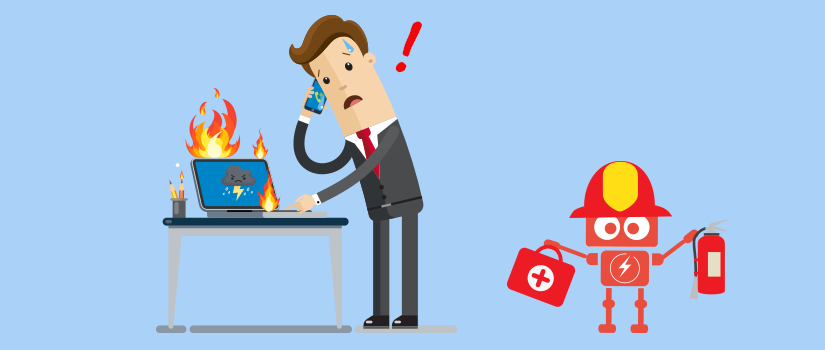Buying new technology is exciting. We all know that great feeling you get when you purchase a newly-released gadget, or install a fresh home entertainment system. And, most business owners or executives will be familiar with the rush that comes with upgrading important hardware or software, and imagining the new revenue-generating or cost-saving possibilities.
Unfortunately, that great feeling doesn’t always last, particularly with pieces of hardware and software that have just come out. While it is important to upgrade your technology regularly if you want to stay ahead of the competition, it’s not always smart to buy the latest-and-greatest products that are being hyped up on TV and industry websites.
To show you why, and help you make better investments for your company, let’s look at a few reasons why newly-released hardware and software products aren’t always the bargain they are made out to be…
New Tech Comes at a High Cost
Whether it’s the latest phone or a new software suite, the price of your purchase tends to be the highest immediately after the release. Usually, by waiting three or six months to “catch up” to those who upgraded immediately, you can get what they bought at a significant discount.
This is true for virtually every piece of hardware and software you could want for your business. Being first in line is a lot of fun, but it also tends to be expensive. Plus, you might not be getting something that’s more reliable than what you already have.
It Can Take a While to Work Out Bugs
It’s no secret that a lot of the tech world runs on hype and excitement. Almost as exciting as a new set of features or upgrades, is the glitz surrounding a release. You see this reflected in the extensive ad campaigns even well-known companies have to put into the launch of every new phone, tablet, or app.
Inevitably, though, the release of a new product is followed by a set of secondary stories – the ones where people discover bugs and issues that need to be fixed by developers as quickly as possible. Additionally, there might be small fixes needed to make the new product compatible with older apps or software packages. It usually takes a few months to work out the kinks and get everything operating correctly… at which point prices have come down anyway.
Many Popular Features are Added After a Release
Another feature of brand-new pieces of hardware and software is that they tend to be a little incomplete. Either because the developers were rushed to get the product out the door or because customers demand something that isn’t initially included, there are usually significant patches and upgrades that come in the 6 to 12 months after a product hits the market.
By waiting just a short while to buy a piece of technology, you can often get something that’s more complete, tested, and customer-focused then you would from waiting in line or
placing an early order.
Is New Technology a Bad Investment?
With these drawbacks in mind, does that mean you should never buy brand-new hardware and software? Not necessarily. The key is to know what you’re getting for your money
and how it fits into your short and long-term business plans.
That’s something the expert team at Fantastic IT can help with. Contact us today to learn about our consulting services, including help with IT budgets and upgrade planning!
